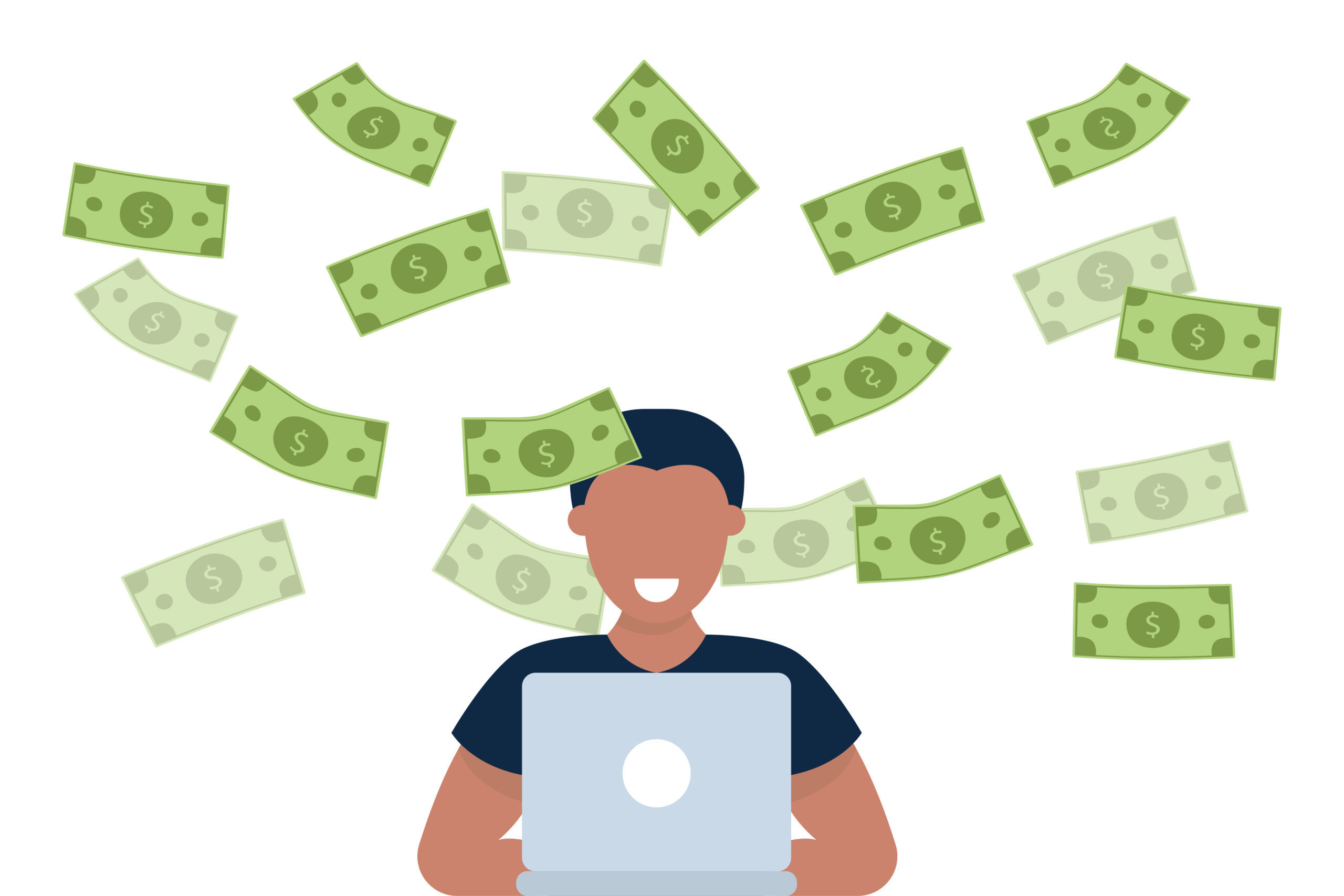QUESTION PAPERS:-
SYLLABUS:-
UNIT–I
Introduction to Computers: The evolution of computers: Computer Generation from First Generation to Fifth Generation. Classifications of Computers: Micro, Mini, Mainframe and super computers, Distributed Computer System, Parallel Computers. Computer Hardware: Major Components of a digital computer, Block Diagram of a computer Input-output devices, Description of Computer Input Units, Output Units. CPU. Computer Memory: Memory Cell, Memory Organization, Read Only Memory, Serial Access Memory, Physical Devices Used to construct Memories, Magnetic Hard disk, floppy Disk Drives, Compact Disk Read Only Memory, Magnetic Tape Drives.
UNIT–II
Interaction With Computers: Computer Software: System software, assemblers, compilers, interpreters, linkers Elementary Operating System concepts, different types of operating systems, Application Software: Introduction to MS Office (MS-Word, MS Powerpoint, MS-Excel) Computer Programming and Languages: Algorithms, flow chart, decision tables, pseudo code, Low level languages and introduction to high level languages.
UNIT–III
Computer Number System ecimal, Binary, Octal, Hexa-decimal.Conversion
ecimal, Binary, Octal, Hexa-decimal.Conversion ecimal to all other number systems, Binary to octal and hexa decimal,Addition of binary numbers, Binary subtraction, Use of complements to represent negative numbers, Conversion of a binary fraction to a decimal fraction and decimal to binary fraction,Binary Coded Decimal(BCD), ASCII Codes, EBCDIC codes,Gray codes, Unicodes.
ecimal to all other number systems, Binary to octal and hexa decimal,Addition of binary numbers, Binary subtraction, Use of complements to represent negative numbers, Conversion of a binary fraction to a decimal fraction and decimal to binary fraction,Binary Coded Decimal(BCD), ASCII Codes, EBCDIC codes,Gray codes, Unicodes.
UNIT–IV
Computer Network & Internet Basic elements of a communication system, Data transmission modes, Data Transmission speed, Data transmission media, Digital and Analog Transmission, Network topologies, Network Types (LAN, WAN and MAN), Client and Servers , Intranet, Extranet. Internet: Terminologies related to Internet: Protocol, Domain name, IP address, URL, World Wide Web. Overview of various services on Internet: E-mail, FTP, Telnet, Chat , Instant Messaging.
SYLLABUS:-
UNIT–I
Introduction to Computers: The evolution of computers: Computer Generation from First Generation to Fifth Generation. Classifications of Computers: Micro, Mini, Mainframe and super computers, Distributed Computer System, Parallel Computers. Computer Hardware: Major Components of a digital computer, Block Diagram of a computer Input-output devices, Description of Computer Input Units, Output Units. CPU. Computer Memory: Memory Cell, Memory Organization, Read Only Memory, Serial Access Memory, Physical Devices Used to construct Memories, Magnetic Hard disk, floppy Disk Drives, Compact Disk Read Only Memory, Magnetic Tape Drives.
UNIT–II
Interaction With Computers: Computer Software: System software, assemblers, compilers, interpreters, linkers Elementary Operating System concepts, different types of operating systems, Application Software: Introduction to MS Office (MS-Word, MS Powerpoint, MS-Excel) Computer Programming and Languages: Algorithms, flow chart, decision tables, pseudo code, Low level languages and introduction to high level languages.
UNIT–III
Computer Number System
 ecimal, Binary, Octal, Hexa-decimal.Conversion
ecimal, Binary, Octal, Hexa-decimal.Conversion ecimal to all other number systems, Binary to octal and hexa decimal,Addition of binary numbers, Binary subtraction, Use of complements to represent negative numbers, Conversion of a binary fraction to a decimal fraction and decimal to binary fraction,Binary Coded Decimal(BCD), ASCII Codes, EBCDIC codes,Gray codes, Unicodes.
ecimal to all other number systems, Binary to octal and hexa decimal,Addition of binary numbers, Binary subtraction, Use of complements to represent negative numbers, Conversion of a binary fraction to a decimal fraction and decimal to binary fraction,Binary Coded Decimal(BCD), ASCII Codes, EBCDIC codes,Gray codes, Unicodes.UNIT–IV
Computer Network & Internet Basic elements of a communication system, Data transmission modes, Data Transmission speed, Data transmission media, Digital and Analog Transmission, Network topologies, Network Types (LAN, WAN and MAN), Client and Servers , Intranet, Extranet. Internet: Terminologies related to Internet: Protocol, Domain name, IP address, URL, World Wide Web. Overview of various services on Internet: E-mail, FTP, Telnet, Chat , Instant Messaging.



